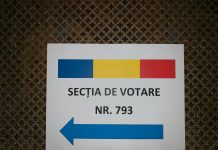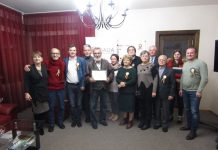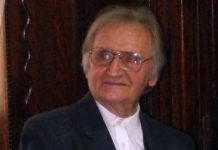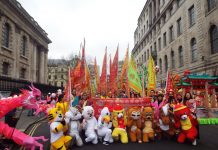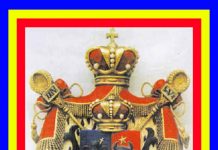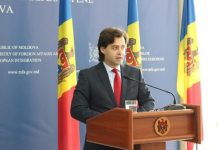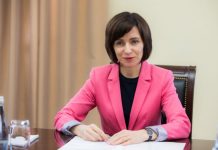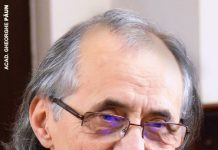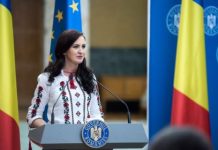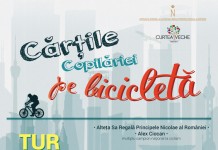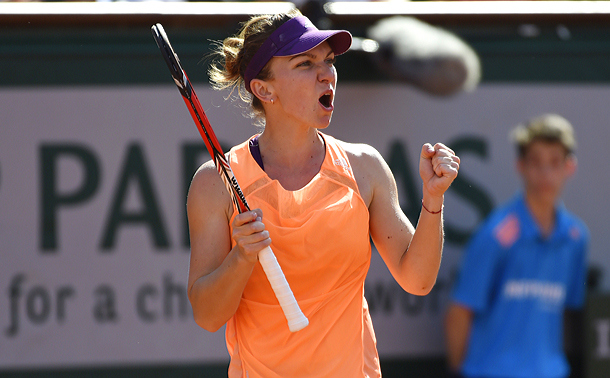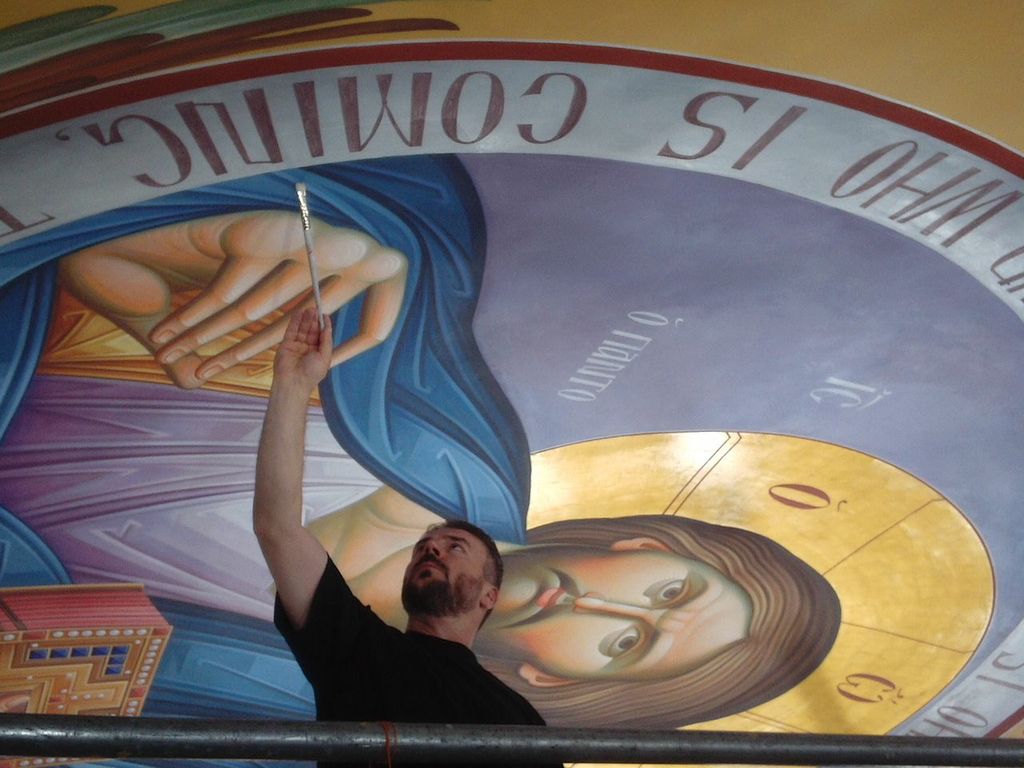 How the Orthodox churches of Denver and Boulder are bringing old tradition to new light
How the Orthodox churches of Denver and Boulder are bringing old tradition to new light
The painters at the Greek Orthodox churches of Denver and Boulder must know how Michelangelo felt while painting the Sistine Chapel. Last month, after only nine days of work, two teams of iconographers completed their work of traditional Byzantine murals on the domes and walls of the Greek Orthodox Metropolis of Denver and Saints Peter and Paul Greek Orthodox Church in Boulder.
The artist behind these icons, which are seen as spiritual reflections of the religion and are very sacred and significant to Orthodox Christians around the world, is renowned Greek iconographer Leonidas Diamantopoulos. He and Metropolitan Isaiah have known each other for over 20 years and had always wanted to do a project like this. Diamantopoulos painted the Denver Greek Orthodox cathedral right at the turn of the century in 1998 and finally came back to do the Metropolis chapel.
“He’s one of the best,” said Metropolitan Isaiah. “He did the cathedral and it made sense that he would also do the chapel.”
Diamantopoulos also got in touch with Father George Dokos from Saints Peter and Paul. Members of the church have been saving up money for icons since the church was built in 2000, but many factors needed to be set in place before it could happen. Over the years the church had put aside money to have icons put in but never got around to using it – until now.
“Icons are a representation of the Orthodox faith,” said Dokos. “They are a spiritual light from within the icon that teaches about the beliefs and dogmas.”
Iconography is a very special practice in Orthodox Christianity that isn’t seen in many other religions. Icons are “books of the illiterate”, said Metropolitan Isaiah. Roman Catholics have icons, but they are much more rigid and have less color and heart, said Diamantopoulos, who has done several icons for Roman Catholic churches during his 40-year career.
Writing icons (the proper term for the practice, since it follows the goal to reflect the scriptures) is not an easy art form. It sticks very closely to the stories and figures in the Bible, and although each painter has their own style, the format is strict and tries to illustrate a passage or excerpt as accurately as possible in order to spark interest for the viewer and teach too, said Dokos. Historically, icons were used specifically to teach the Bible since illiteracy was very common.
 The project was initiated by Dokos and his community to commemorate the 40 year anniversary of Saints Peter and Paul, whereas the Denver Metropolis chapel was due for a makeover. Diamantopoulos created the canvases at his studio in Florida over the span of eight months and then brought them to Colorado to be installed in the churches, where he and a team of painters added finishing touches to the icons in just over one week.
The project was initiated by Dokos and his community to commemorate the 40 year anniversary of Saints Peter and Paul, whereas the Denver Metropolis chapel was due for a makeover. Diamantopoulos created the canvases at his studio in Florida over the span of eight months and then brought them to Colorado to be installed in the churches, where he and a team of painters added finishing touches to the icons in just over one week.
Having these icons makes the churches unique, since it’s so rare to see these old Byzantine style paintings in modern day America, and the Greek Orthodox Metropolis has the most extensive collection of icons in the country. The walls and dome of their cathedral are completely covered with the traditional stories of the old and new testaments, and they are not only beautiful but also represent a way for the Greek community to hold onto their Greek ties. The icons are much more than just paintings; they are a reflection of humanity, tradition and spirituality.
“We don’t look at the icon, it looks at us,” said Metropolitan Isaiah.
To see these icons in Boulder head over to Saints Peter and Paul off of Jay Road any day of the week, or join them for their annual, all-day cultural Greek celebration on September 6-8.






